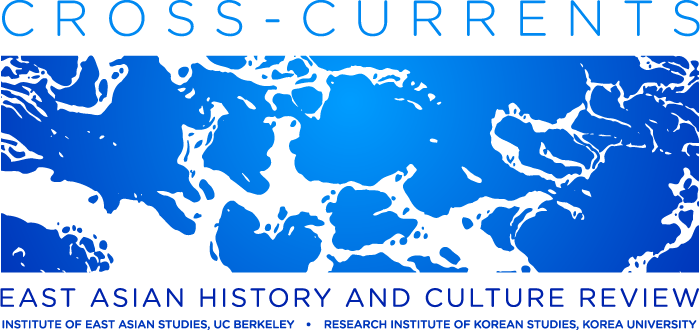
Despite evidence of the relative autonomy—or even independence at times—of the disjointed polities that made up Kham, its intermediate location and relationship with the neighboring centers of power was a key contributing factor to the successive fragmentations and aggregations and the evolving topology of Kham as a space made up of a set of multiple centers linked by communication and exchange processes. Against this background, the articles address questions of economic history, cultural interchange, and political legitimation and contestation at critical junctures.
Trade engaged various social, political, and economic actors, and invariably became interlaced with the multi-ethnic situation in the Sichuan and Yunnan border areas. While topography and historical events imposed constraints and limits, trade played a significant role in reshaping both the geography and the economy of this rich borderland. The economic relationships that made up the vibrant interactions between communities, linking central China and central Tibet through Kham, were intimately linked to forms of authority and how they translated spatially and in boundary-making. How did the changing funneling and spatial anchorage of trade activities contributed to socio-economic and political dynamics that are constitutive of this frontier region, both a periphery and a center at the same time?
The eastern Tibet region formed a middle ground where the local communities and the imperial power negotiated means of accommodation and established mutual understanding and new practices. Kham is an exemplary case study of frontier expansion and “state-building,” whether during the late Qing era or in the Republic of China, a process during which this border region underwent state-led political integration. While in pocketed areas local leaders were sometimes left to rule in their own terms, traditional political structure was to be re-designed in order to adapt the transition from an Empire to a modern nation, and reforms implemented that are exemplary of how the burgeoning nationalist ideology was put into practice. In the process, new opportunities arose for some to play leading political and economic roles. What are the indigenous institutions that are transformed by regional, national, or global forces of change?
The articles in this collection tell stories of encounters, confrontations and dialogues, traveling (mis)representations and sense of self and belonging. They also go beyond the retelling of the in-between quality of this frontier region and try to recover some of the local voices that are far less accessible than the better documented depictions of events that appear in the written records of the two main political players. How does the borderland redefine itself under the influence of and in reaction to those who are trying to control it?
Content
Introduction to "Frontier Tibet: Trade and Boundaries of Authority in Kham"
Stéphane Gros, Centre National de la Recherche Scientifique
"To Control Tibet, First Pacify Kham": Trade Routes and "Official Routes" (Guandao) in Easternmost Kham
Patrick Booz, Pennsylvania State University
Construction Work and Wages at the Dergé Printing House in the Eighteenth Century
Rémi Chaix, École Pratique des Hautes Études
Guozhuang Trading Houses and Tibetan Middlemen in Dartsedo, the "Shanghai of Tibet"
Yudru Tsomu, Sichuan University
Victorianizing Guangxu: Arresting Flows, Minting Coins, and Exerting Authority in Early Twentieth-Century Kham
Scott Relyea, Appalachian State University
Tricks of the Trade: Debt and Imposed Sovereignty in Southernmost Kham in the Nineteenth to Twentieth Centuries
Stéphane Gros, Centre National de la Recherche Scientifique
Memory Politics at Work in a Gyalrong Revolt in the Early Twentieth Century
Jinba Tenzin, National University of Singapore
Afterword: Why Kham? Why Borderlands? Coordinating New Research Programs for Asia
C. Patterson Giersch, Wellesley College
View online : https://cross-currents.berkeley.edu...

